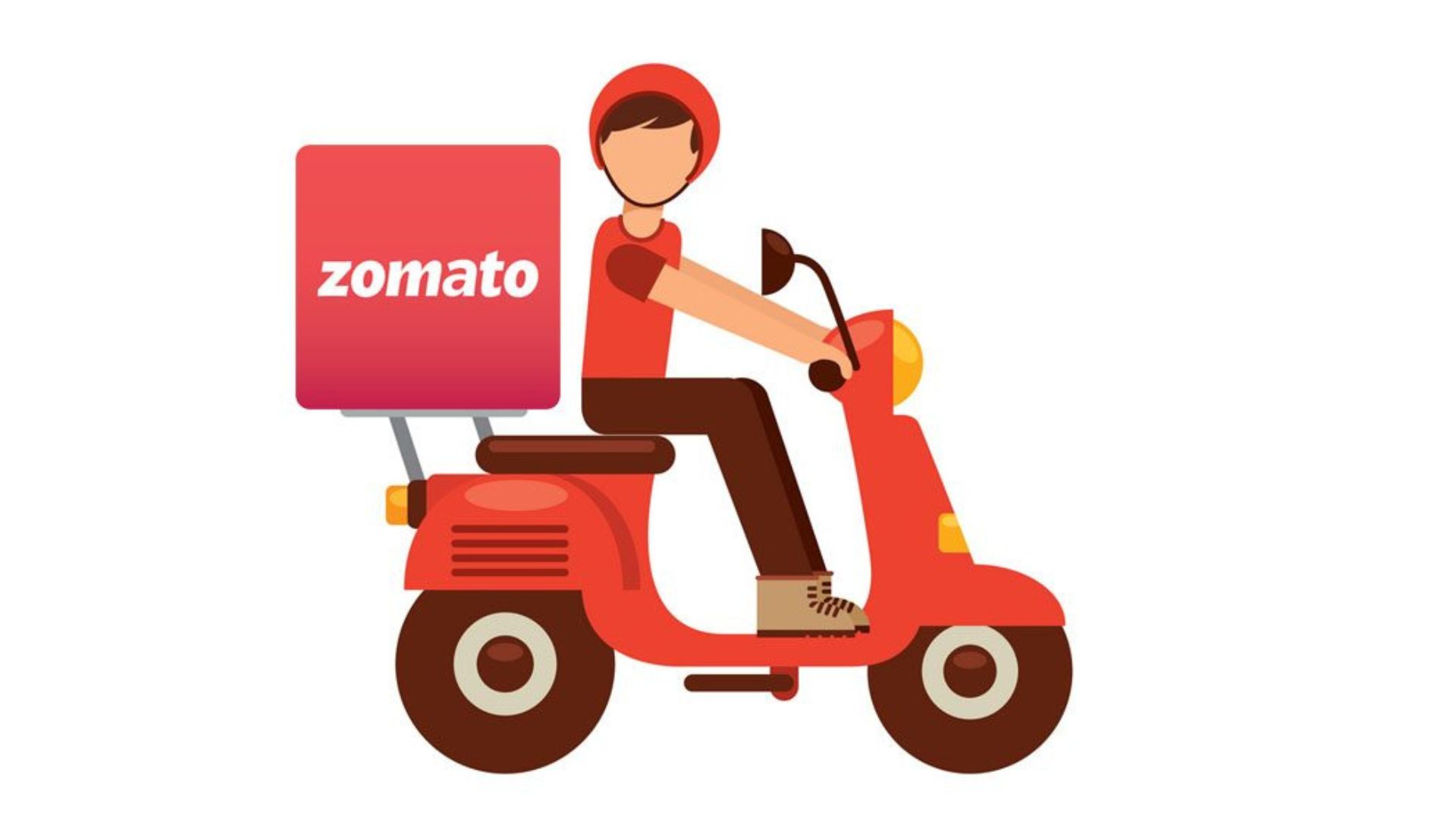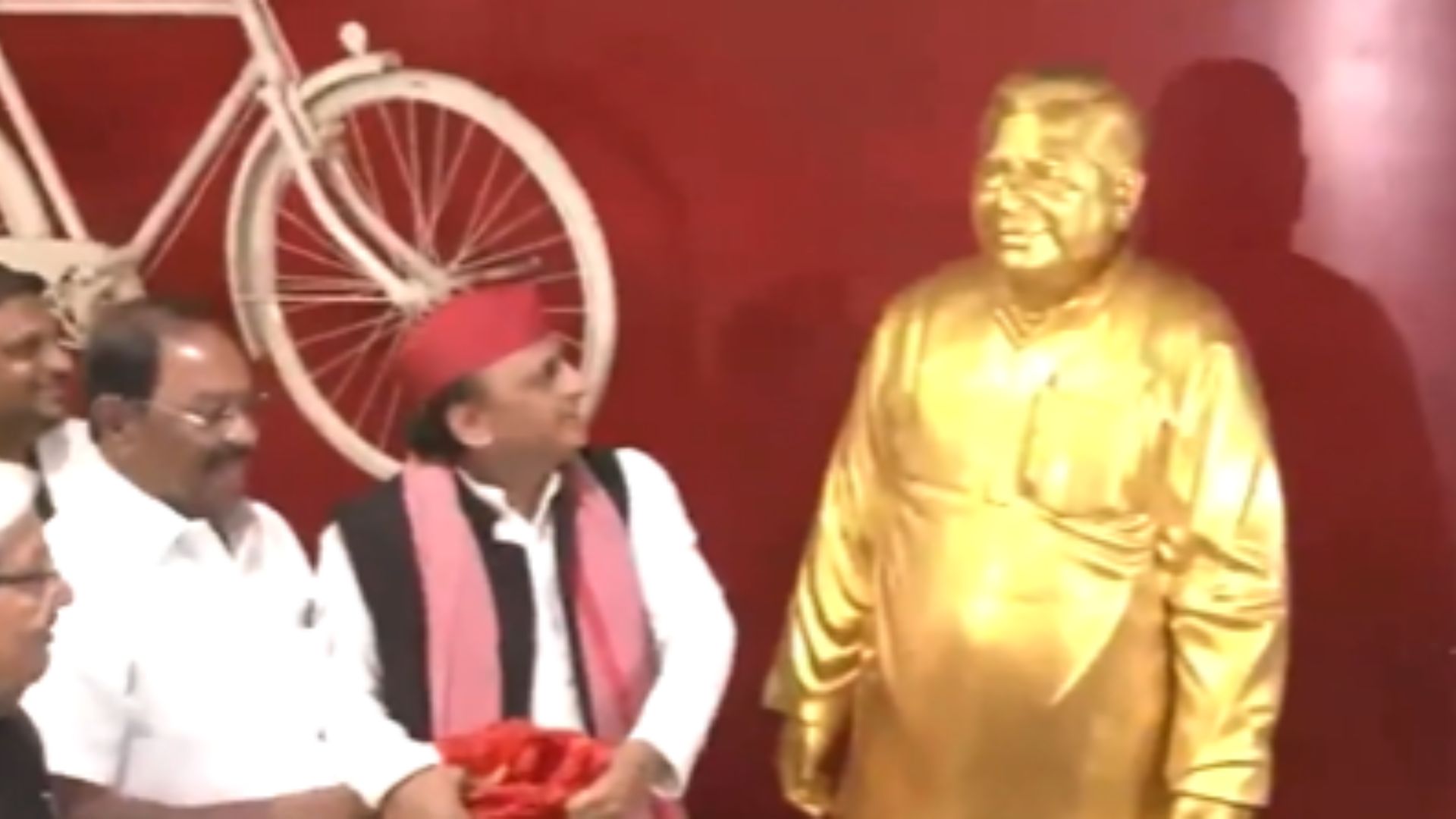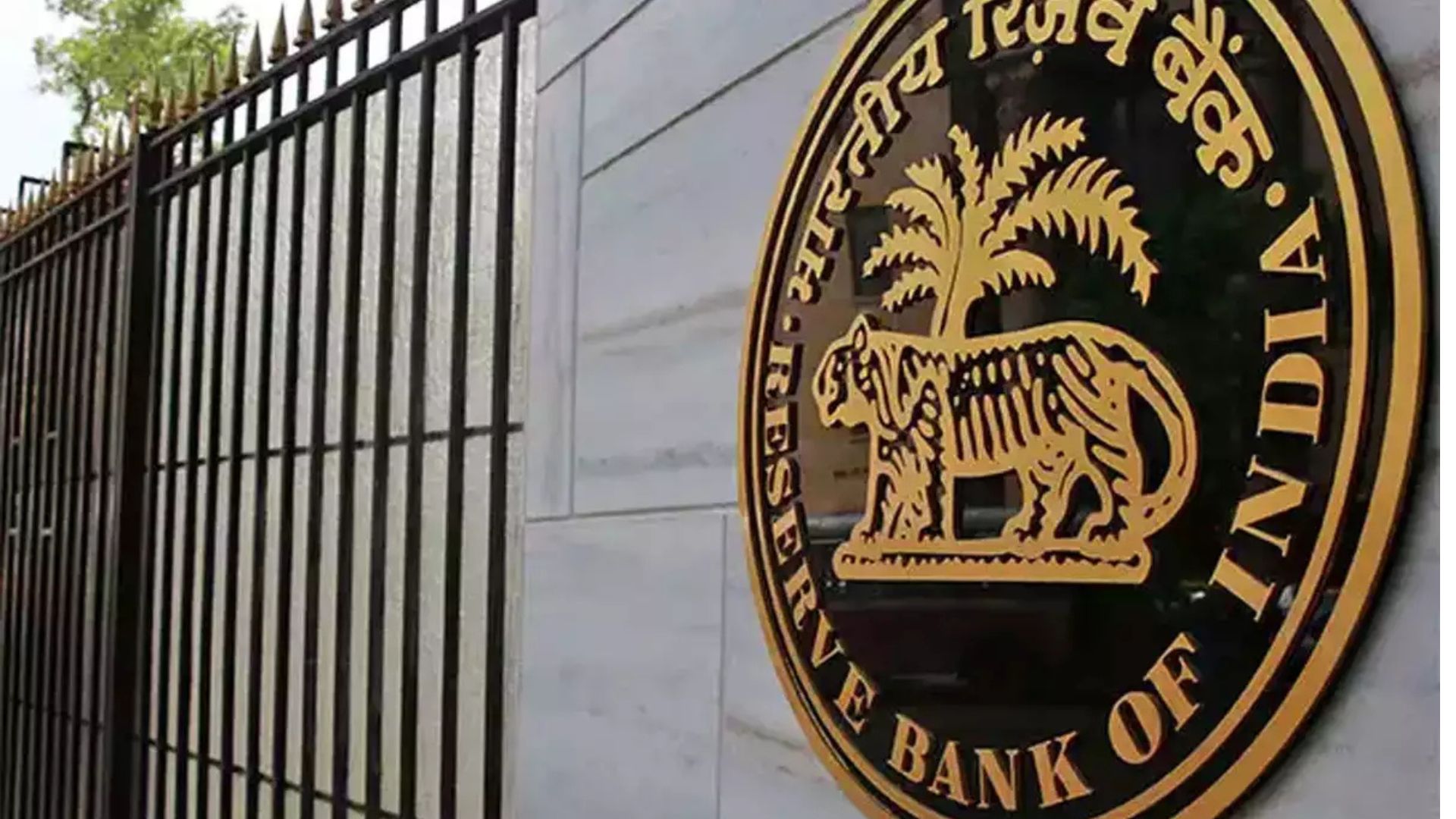
The India-UAE Comprehensive Economic Partnership Agreement (CEPA) has turned into a growth engine for India-UAE bilateral trade over the past 11 months since the coming into force of the CEPA with a year-on-year increase of 16 per cent in the bilateral trade between India and the UAE. The CEPA, has made a significant impact on India’s bilateral trade with the UAE, particularly India’s exports to the UAE (oil and non-oil) in the past one year, following the signing of the agreement on 18 February, 2022, between Prime Minister Narendra Modi and the President of the UAE and Ruler of Abu Dhabi Sheikh Mohamed bin Zayed Al Nahyan in a virtual mode.
“The bilateral trade between India and the UAE has touched historic highs during
FY 2022-23,” Commerce Secretary Sunil Barthwal said, on the first anniversary of the implementation of the CEPA. Trade has increased from USD 72.9 billion (Apr 21-Mar 2022) to USD 84.5 billion (Apr 22-Mar 2023) registering a year-on-year increase of 16 per cent. During the CEPA implementation period (from May ’22 to Mar ‘23), bilateral trade increased from USD 67.5 billion (May 2021-March 2022) to USD 76.9 billion (May ‘22- Mar ‘23) an annual increase of 14 per cent. “India’s export to the UAE is likely to increase to USD 50 billion in 2026-27, from USD 31.3 billion in 2022-23, going by the utilisation of the CEPA in the first year itself, Barthwal added.
Under the India-UAE CEPA in the goods domain, the UAE eliminated duties on
97.4 per cent of its tariff lines corresponding to 99 per cent of imports from India. India has obtained immediate duty elimination on over 80 per cent of its tariff lines corresponding to 90 pr cent of India’s exports in value terms. Most of these tariff lines correspond to the labour-intensive industries/sectors which have witnessed significant export growth on account of the CEPA.
Some key sectors, including the former which have gained are oil seeds and oils, beverages, cotton, fish and fish products, textiles, clothing, gems and jewellery, leather, footwear, pharmaceuticals and many engineering items. Others are electrical machinery, particularly telephone equipment, automobiles including transport vehicles segment and essential oils/perfumes/cosmetics including beauty/skin care products, cereals (rice), coffee/tea/spices and other byproducts.
The CEPA underlines the importance of the longstanding special relationship between India and the United Arab Emirates (UAE), according to Srikar K Reddy, Joint Secretary, Ministry of Commerce. The UAE is the second-largest export destination after the United States and an important trading partner for India, hence the agreement with the UAE is strategically important to reach out to countries in the Middle East, Africa and Central Asian Republic. The first consignment of goods under the Indian-UAE Comprehensive Economic Partnership Agreement (CEPA) was flagged off on 1 May, 2022 — following the trade agreement becoming effective.
As per the agreement, going ahead, there will be zero duty within 5 to 10 years on additional 9 per cent of India’s trade value for electronic goods, chemicals and petrochemicals, articles of stone, cement, ceramics and machinery. “The FTA will result in exponential growth in India’s exports to UAE and also will open the market to other Gulf Cooperation Council countries as GCC nations also follow the same technical standards as applicable to UAE paving the way for greater market access to Indian goods in GCC market,” points out A Sakthivel, President of the Federation of Indian Export Organisations. According to the FIEO chief, as UAE is also a re-distribution centre and a financial hub, much of exports to Africa is routed through Dubai. The signing of FTA will encourage setting up of warehousing/distribution centres in the UAE for exports to Africa.
With both sides continuing to work together to further improve ease of doing business between the two countries, the utilisation of the India-UAE CEPA has been increasing steadily on a month-on-month basis, the Commerce Secretary noted.















